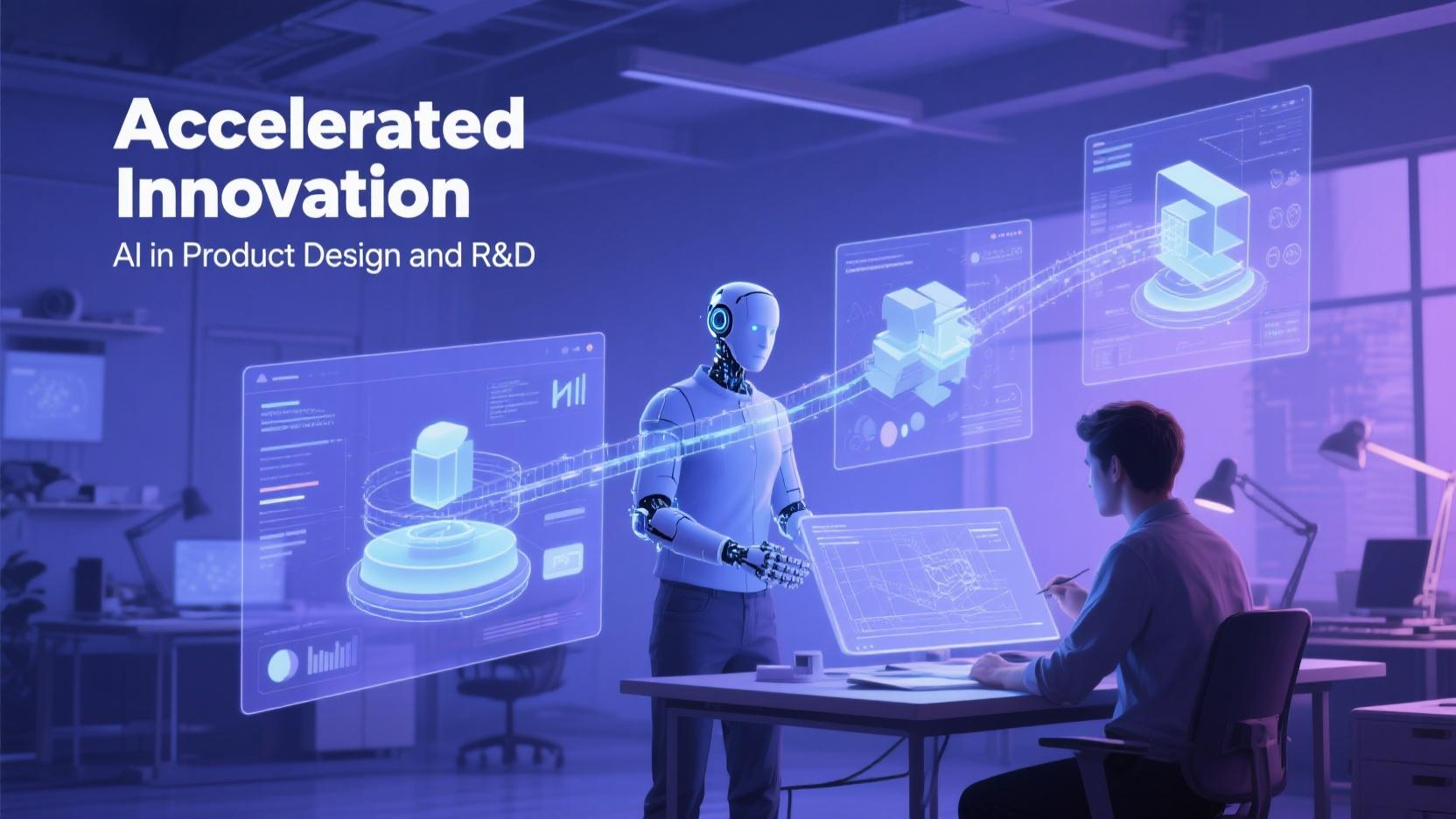From Intuition to Algorithm: Rethinking How Products Are Created
In the past, product innovation was slow, siloed, and often based on educated guesswork. But in 2025, AI is radically accelerating research and development, turning cycles that once took months into days — or even hours. From pharma to fashion, AI is emerging as the ultimate co-creator.

Generative Design Is Reshaping Industries
In aerospace, automotive, and consumer electronics, engineers now use generative design AI to input a set of performance parameters — and receive hundreds of optimized prototypes. Airbus reports that AI-generated wing designs reduced material weight by 11% while maintaining structural integrity.
Meanwhile, Nike’s AI-enabled design system, SwooshNet, analyzes consumer trends, materials, and biomechanics to develop new footwear concepts in under a week — down from the industry average of three months.
AI in Scientific Discovery
Pharmaceutical companies like Bayer and Insilico Medicine are using deep learning to identify new molecular compounds. AI scans massive biomedical datasets to predict compound efficacy, side effects, and interaction risk. In early 2025, a drug candidate co-developed by AI entered Phase II trials in less than 13 months — a record.
“AI doesn’t just accelerate R&D. It reveals options we never would’ve considered,” says Dr. Helena Zhou, Head of Discovery at a biotech startup.
Customer-Centric Innovation
By analyzing real-time feedback, social media chatter, and usage data, AI can help tailor features that users didn’t know they wanted. For example:
A Chinese appliance maker redesigned a washing machine UI based on AI detection of consumer confusion patterns.
An Indian edtech platform built new lesson formats based on voice analysis of student engagement levels.

Challenges: Data, Trust, and Creativity
While speed is a benefit, there’s concern about over-optimization. Some worry that AI-generated products might prioritize efficiency over human appeal. Others raise questions about intellectual property when an algorithm contributes to an invention. Regulation around “AI-authored” patents remains gray in many countries.
Key Takeaway
AI is no longer just a tool in R&D — it’s a collaborator. As it moves from assistant to innovator, businesses must learn how to blend human intuition with machine creativity to design products that matter.
